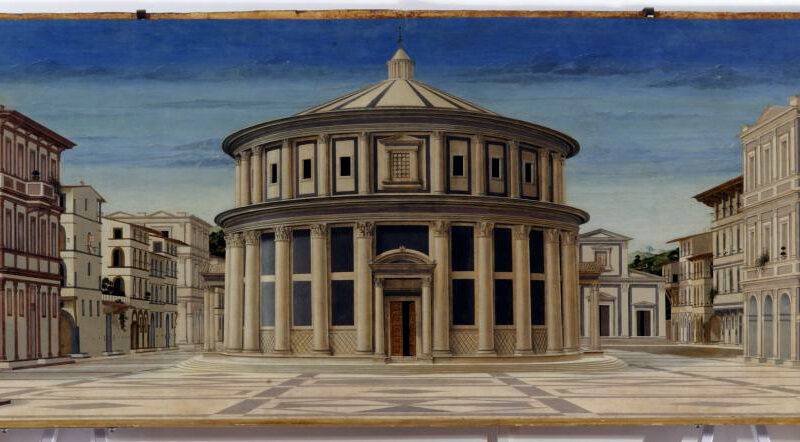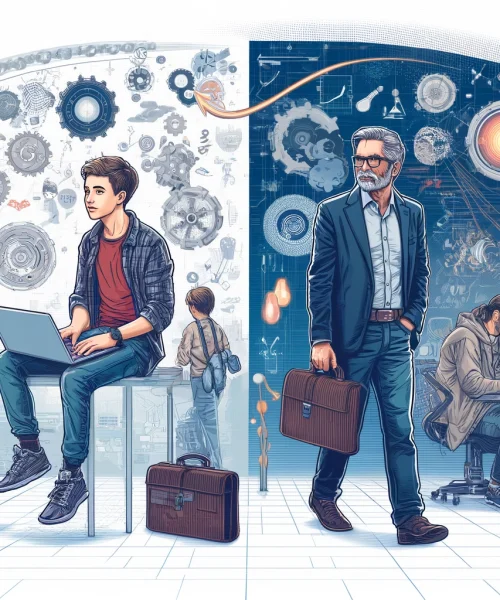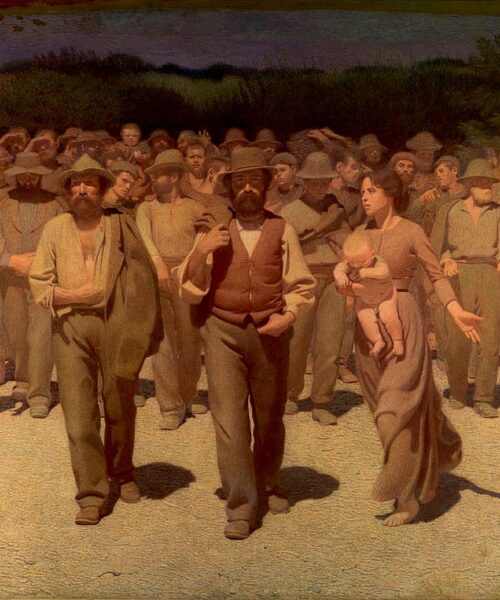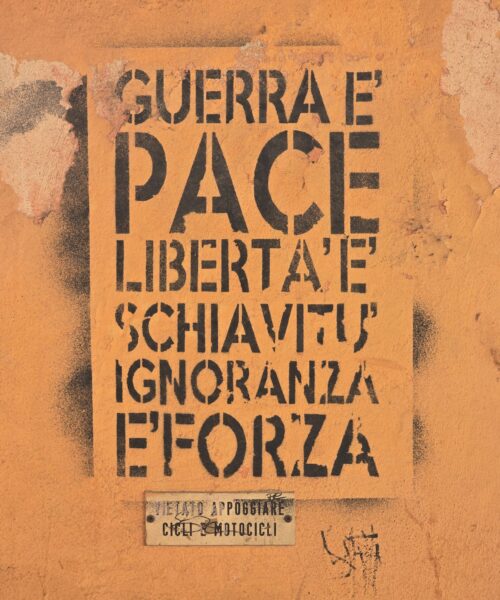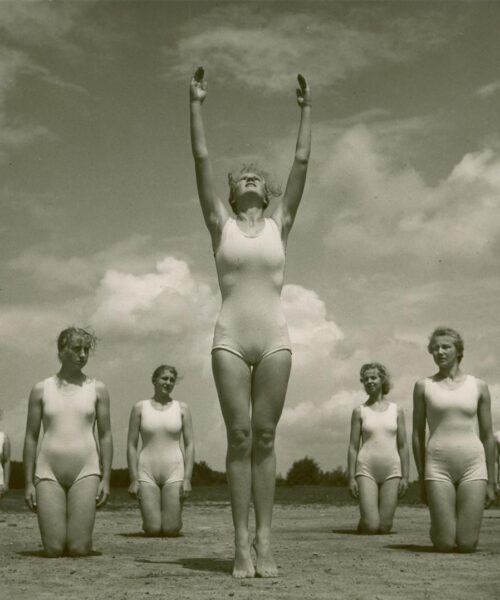The pursuit of the ideal is a constant in human history. From Plato’s philosophy, through the Renaissance, to the constructive fervor of the 20th century, the idea of an ideal city has always captivated and inspired thinkers, architects, and urban planners. Yet, within this idyllic vision may lie an unexpected peril.
The concept of an ideal city stems from the desire to improve people’s living conditions. Cleanliness, order, efficient infrastructure, beautiful and welcoming public spaces, quality services: these are the classic ingredients of every ideal city project.
But what happens when this vision becomes rigid, an abstract model applied without considering the local context, the needs of the residents, the culture, and the history of the place? Cities become a mere exercise in style, sterile and impersonal places where individuals feel alienated, not protagonists.
Moreover, ideal cities can easily become tools of social exclusion. Consider, for example, Ebenezer Howard’s garden cities or the satellite cities designed by Le Corbusier: in these visions, order and hygiene were supreme values, to the extent that those who did not conform to these ideals risked marginalization. Physical barriers, such as walls or canals, became social barriers, separating people based on their conformity to urban ideals.
The idea of an ideal city can also become a tool of control. George Orwell in his “1984” imagines an ideal city as a place of total surveillance, where every aspect of life is regulated and controlled by Big Brother. This dystopia serves as a warning to those who see urban planning as a means to impose a certain vision of society, without considering the needs and desires of the inhabitants.
Finally, the quest for the ideal city can lead to cultural homogenization. The Western model of the city, with its skyscrapers, shopping centers, and residential districts, is exported around the world, replacing local architectures and traditional ways of life.
Thus, the dream of an ideal city risks turning into a nightmare of standardization, exclusion, and control. To avoid these pitfalls, urban design must be brought back to a human scale, valuing cultural diversity, promoting citizen participation, and remembering that cities are, above all, places of life and not just efficiency and productivity.

